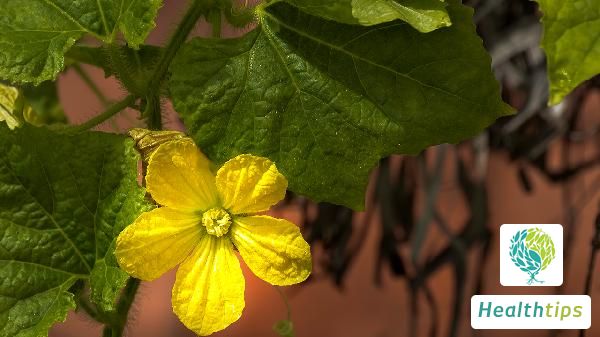"Can the Rainbow Principle Effectively Combat Cancer?"
In daily life, our tables often hold a variety of colored foods. In fact, experts have confirmed that regularly consuming foods of various colors can effectively combat cancer. "Can we drink the Five-Element Vegetable Soup?" "What can I eat to prevent tumors?"... These are common questions asked by people as I leave clinics or hospital wards. Experts advise that individuals at high risk of developing tumors should avoid excessive dietary biases. Instead, they should strive for a balanced diet by following the "Rainbow Principle," which involves incorporating a diverse range of fruits and vegetables. This approach may offer preventive and therapeutic benefits.

What is the Rainbow Principle?
Originating in Taiwan, the Rainbow Principle is a popular method for cancer prevention through fruits and vegetables in recent years. It categorizes different fruits and vegetables into five colors: red, orange, green, purple/black, and white. Each color represents distinct plant nutrients, resulting in varying health benefits. The Rainbow Principle encourages individuals to consume fruits and vegetables of all five colors daily, ensuring an adequate intake of various nutrients. Adherents believe that consuming foods with a range of colors, flavors, and aromas contributes to nutritional balance and the production of various antimicrobial substances. By adhering to this principle, the incidence of cancer can potentially be reduced by 60%.
In reality, the content outlined in the Rainbow Principle aligns with the "Dietary Guidelines for Chinese Residents" and the "Balanced Diet Pagoda" promoted by the Chinese Nutrition Society for years.
The Key to Prevention Lies in Nutritional Balance
According to incomplete statistics, 30% to 40% of male cancer cases and 60% of female cancer cases are linked to poor dietary habits. Recent tumor epidemiological studies have shown that the occurrence of tumors is closely related to people's lifestyles and nutrition. While some foods are known to have a clear correlation with tumors, anticancer substances are abundant in nature, particularly in fresh fruits and vegetables. The dietary guidelines recommended by the Chinese Nutrition Society emphasize that consuming more vegetables, fruits, and potatoes can maintain cardiovascular health, enhance disease resistance, prevent cancer, and maintain a healthy weight. Fruits and vegetables are low in calories but rich in dietary fiber, vitamins, minerals, and anticancer plant compounds, which can reduce the risk of lung, stomach, and oral cancers. For instance, cruciferous vegetables can lower the incidence of colorectal, prostate, breast, and thyroid cancers, while garlic, onions, carrots, tomatoes, and citrus fruits can reduce the risk of lung, stomach, breast, and bladder cancers.
Given the varying nutritional values and anticancer properties of different fruits and vegetables, it is crucial to consume a diverse range of colors and varieties. To prevent tumors, a balanced diet is key. The general public should increase their intake of fruits and vegetables, appropriately mix different types, and reduce meat consumption. This approach can play a role in tumor prevention and control. On a daily basis, consuming 3 to 5 types of vegetables and 2 to 4 types of fruits, in addition to necessary food intake, is sufficient.
Lastly, we remind everyone to incorporate more "colorful" foods into their daily diets. By combining foods reasonably and maintaining a balanced diet, we can effectively prevent cancer.



















